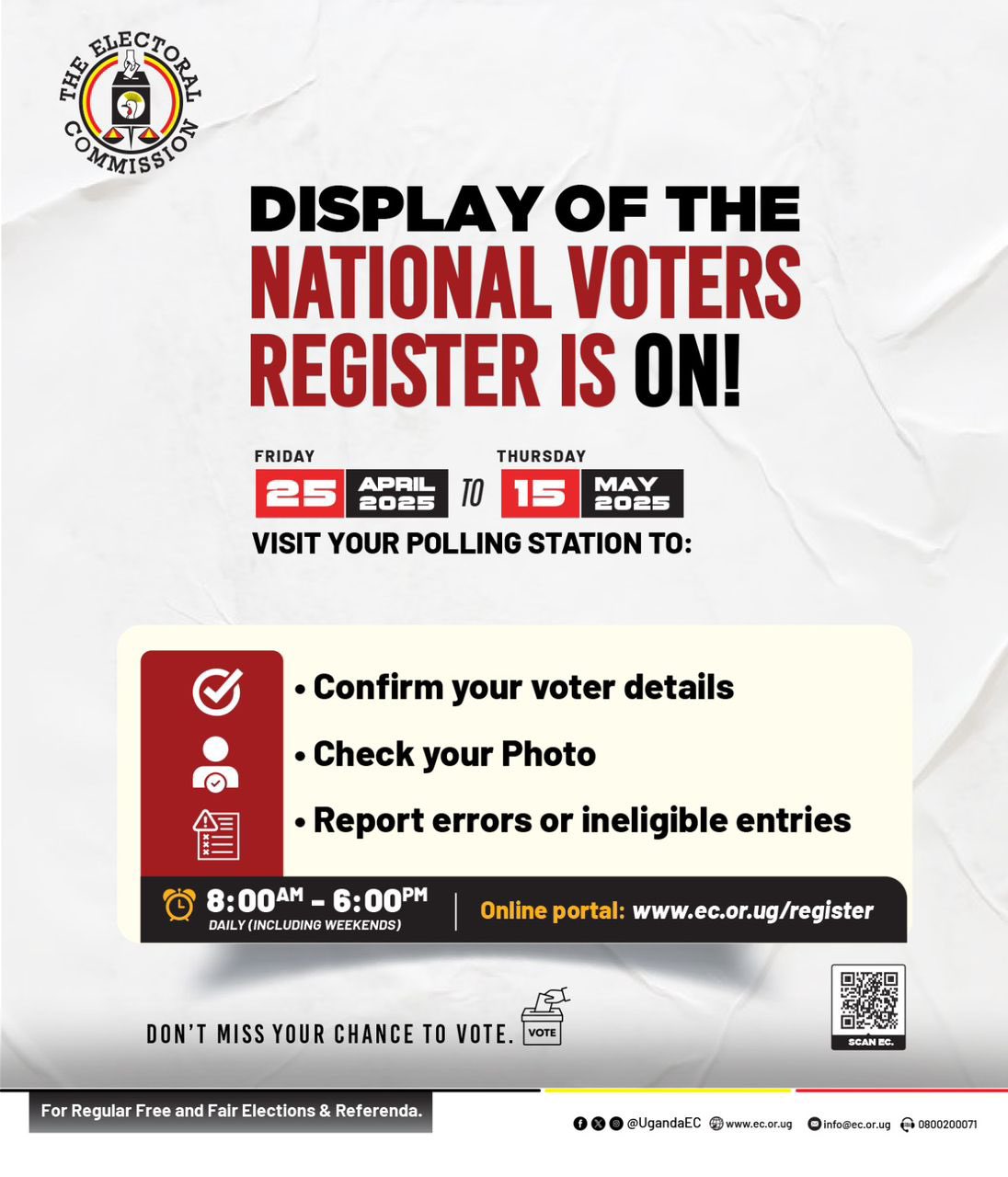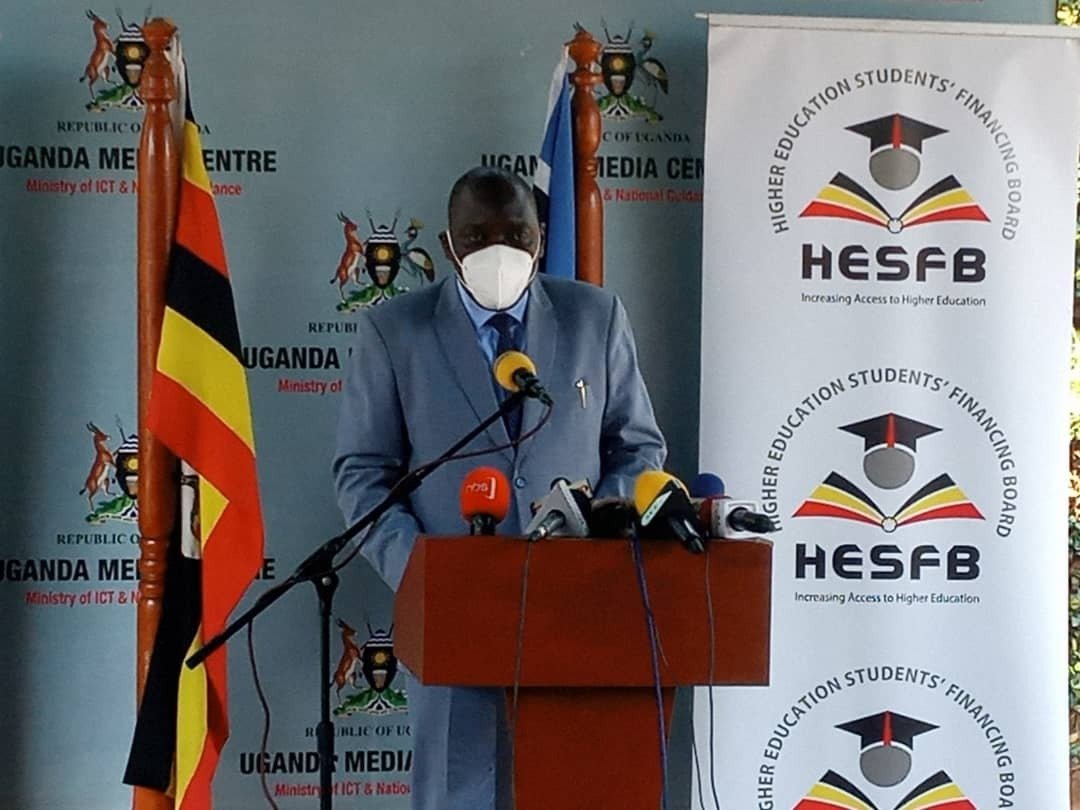The standoff between traders and the tax collecting body -Uganda Revenue Authority (URA), is partly a consequence of taxpayers not well versed with the tax policies and procedures employed by the tax collector. This came out clearly when some of the disgruntled traders were heard confusing EFRIS -a digital system employed by government to ease tax collaborations between URA and business holders, as a form of tax.
Other queries that have come out during this standoff, are about who is eligible to pay Value Added Tax (VAT), at what point is it paid, and claims of double taxation in payment of VAT. Mr. Ibrahim Bbossa, the head of Public and Corporate Affairs at URA, gave brief responses to some of these questions:
About Electronic Fiscal Receipting and Invoicing (EFRIS) system/solution, and it’s advantages
EFRIS was introduced as a modern solution to improve tax compliance and administration. It helps ensure that business transactions are recorded accurately and transparently, which is essential for taxpayers and URA. This system significantly reduces the likelihood of manual errors and the need for physical record-keeping, simplifying tax collection and compliance.
EFRIS offers businesses a range of advantages that directly contribute to their growth and sustainability. One of the main challenges businesses face is maintaining accurate records, which is crucial for their survival and growth.
EFRIS not only helps to keep precise records but also assists in managing stock, detecting theft, and efficiently using tax credits. This results in fair tax assessments and can significantly improve cash flow through timely VAT refunds.
Additionally, EFRIS enables businesses to monitor their performance in real-time and maintain essential business records without incurring the extra cost of accounting software.
It’s important to note that EFRIS was first implemented with large VAT-registered entities through system-to-system integration and gradually expanded to smaller businesses with cost-effective solutions like EFDs and mobile applications.
This phased and thoughtful rollout was designed to ensure that businesses of all sizes could adopt the system without facing significant financial burdens.
We acknowledge that transitioning to new technologies can be challenging, so we have prioritised sensitisation and education about EFRIS. Numerous engagements have been held to ensure that every business community is informed and comfortable with the system.
Furthermore, promotional efforts, including the provision of devices to businesses at no cost, have been made to facilitate this transition.
Regarding double taxation, it’s critical to clarify that EFRIS does not introduce new taxes. Instead, it ensures the accurate declaration and remittance of existing taxes.
By promoting fairness in tax collection, EFRIS aims to level the playing field for all businesses, ensuring that tax responsibilities are shared equitably and based on actual transactions.
In conclusion, EFRIS represents a significant step forward in enhancing tax compliance and supporting business growth. While we understand the concerns around its implementation, we believe that the system’s benefits, coupled with our continued commitment to education and support for businesses, will lead to a more transparent, fair, and efficient tax environment.
About VAT, it’s payment procedures and exemptions:
“In Uganda, VAT (Value Added Tax) is a crucial component of the tax framework governed by the VAT Act. The standard VAT rate in Uganda is 18%, and it applies to most goods and services within the business landscape. However, some goods and services are either exempt from VAT or taxed at a zero rate. These exemptions aim to stimulate economic activity in crucial sectors, reduce the tax burden on essential goods and services, and support the competitiveness of Ugandan exports.” He stated and proceeds;
Understanding the difference between standard-rated, zero-rated, and exempt supplies is essential for VAT-registered businesses. Zero-rated supplies allow businesses to claim back the VAT on their inputs, reducing the overall cost of those supplies and potentially lowering the final price to consumers.
Exempt supplies are not subject to VAT, but they don’t allow businesses to recover input VAT, which could affect pricing and profitability for businesses involved in these sectors.
The VAT input tax credit mechanism ensures that VAT is ultimately borne by the final consumer, not businesses. VAT-registered businesses charge VAT on their taxable supplies. Still, they can claim credits for the VAT paid on their inputs, neutralising the VAT cost for businesses and assuming proper compliance with VAT invoicing and filing requirements.
URA has established clear guidelines for VAT registration, filing of returns, and claiming input tax credits, including using e-invoices or e-receipts to support claims. These measures ensure transparency, compliance, and fairness in the tax system, allowing businesses that adhere to these guidelines to recover input VAT effectively.
“We understand that changes in tax policies or the administrative burden of compliance can be challenging for businesses. However, URA’s interventions aim to ensure a fair and efficient tax system supporting public services and infrastructure development while considering businesses’ operational realities.” He noted.
Mr. Bbosa responds to the effect of VAT in regards to a layperson (final consumer) how it is charged as well as recorded to avoid double taxation:
“As a layperson, when you buy soap for personal use in Kikuubo and are given an Electronic Fiscal Receipt (EFRIS) showing that VAT has been charged, it is essential to understand how VAT works for final consumers like yourself.” He proceeds;
VAT is a consumption tax levied on most goods and services in Uganda at a standard rate of 18%. This tax is governed by the VAT Act and administered by URA. The purpose of this tax system is to tax consumption within the country, with certain goods and services being exempt or zero-rated to reduce the tax burden on essential items.
As a final consumer without a Tax Identification Number (TIN), you are at the endpoint of the VAT chain. The VAT you pay on purchasing goods or services for personal consumption is not refundable or creditable against any tax obligations.
This is because VAT is designed to be borne by the final consumer. Businesses act as agents for the URA, collecting VAT at each stage of the supply chain but only paying the net VAT (the difference between the VAT they collect on sales and the VAT they pay on purchases).
This mechanism ensures that the tax is ultimately paid by the end consumer, like yourself, without a mechanism for a direct refund.
The rationale behind this system is to spread the tax burden on goods and services across the entire production and supply chain. It ensures that the government can collect revenues in a relatively efficient manner while also exempting or reducing the rate of VAT on essential goods and services to lessen the financial impact on consumers.
Therefore, when you pay VAT on your soap purchase, that payment is the final step in the VAT process. It contributes to public revenues used to fund various government services and infrastructure.
“Open dialogue between the business community and tax authorities is critical in addressing concerns and improving the tax environment. Therefore, continued engagement, feedback, and constructive dialogue are encouraged to address specific issues and work towards a mutually beneficial tax system.” Mr. Bbossa noted.
To reach the Editor, send email at; prince.apol@yahoo.com or Call: 0701609906/ 0772609996








































